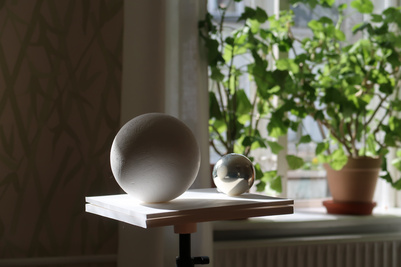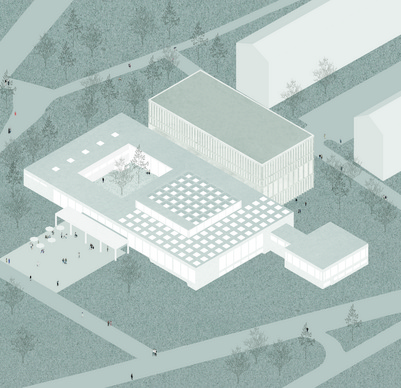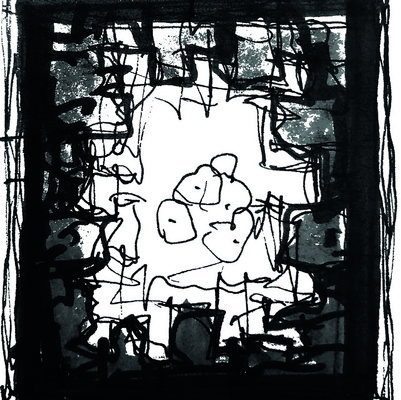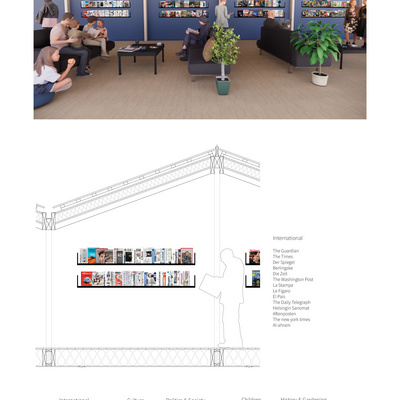Orientkaj - A Contemporary Fish Market
In Collaboration With Amira Matland
We propose a contemporary fish market at Orientkaj in Nordhavn. The fish market intends to give the former industrial site a stronger connection to the sea, and create a place to buy fresh and local fish. Giving a unique identity to the site. Copenhagens connection to the water is a great part of the city's identity. The former industrial waterfront turns from the city's rough backside to its representational face. The city used to have a characteristic fish market in the centre by Gammel strand, but in 1968 the fish market was removed and the tradition of buying fresh local fish from a public market has disappeared.
Can we interpret the characteristic fish market at Gammel strand and move this lost identity to a new location in Copenhagen?
The Site
The waterfront in Nordhavn is in a process of turning from industrial to recreational and its coastal identity is changing in the process.
The urban development of the area is designed in phases, each segment finished one after another, our wish is to break this pattern by introducing a fill in between this.
The mobile place of Orientkaj connects the metro with the harbour bus. As for now it is the end stop of the urbanisation of Nordhavn, but in the future the site will be a central point in the new neighbourhood. It is a highly mobile place and this mobility is what makes the potential of the site so exciting.
The public square in front of the metro does not reach its full potential yet. Today it is used as a transit zone for commuters going to work, and there is a lack of activities that invites to longer visits to the site. We see a great potential in working with filling in this gap and create a stronger connection to the mobility of the site.
Identity and Mobility
We have worked with the question of mobility and identity. We want to challenge the notion raised by Edward Relph in his book “place and placlessness” who identifies authenticity and inauthenticity of places through how mobile they are. He says the more mobile a place is the more inauthentic it becomes.
In relation to the fish market we have with interest read the research by anthropologist Siri Gerrard in her paper «a travelling fishing village: the specific conjunctions of place». In the paper she sheds light on how mobility has been crucial in creating identity in Scandinavian fishing villages. How do they create place?
Fishers move daily or seasonally. While some stay to work in fish plants, schools or other jobs, others leave the village to work at sea, pursue education, go shopping or leave for weekends and holidays.
This dynamic makes the village highly mobile and constantly moving. In these types of places one could argue that the meaning of place lies in the dynamic people, rather than the place itself.
The mobility aspect represented by festivals, talking about them, meeting, conversation and memories function in a way as an identification of space and give meaning to place.
The rhythm of the fishing village is something we want to capture in our project, and this is one of the reasons we choose to build a fish market on this highly mobile place.
The Atlas of Coastal Identity is an analysis of coastal buildings and structures around the harbour and canals of Copenhagen. It has been a method to explore and learn from the different buildings connected to the harbour line, and has been used as a tool to reference within our project.






























































